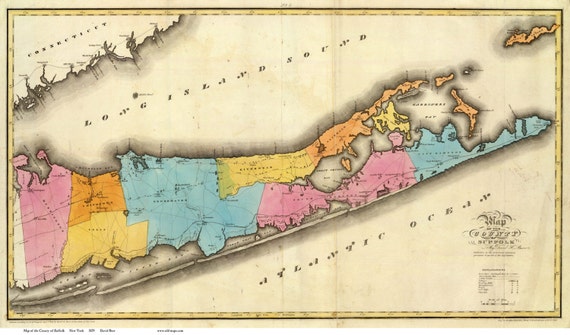Internet Providers In Suffolk County Long Island

Suffolk County residents are increasingly voicing concerns over the state of internet service, citing issues ranging from inconsistent speeds and unreliable connections to a perceived lack of competition among providers. This dissatisfaction comes at a time when high-speed internet is not just a luxury but a necessity for remote work, online education, and essential communication.
At the heart of the issue lies a complex interplay of factors, including aging infrastructure, geographic challenges specific to Long Island, and the market dynamics of the telecommunications industry. This article delves into the current landscape of internet providers in Suffolk County, examining the challenges, exploring potential solutions, and considering what the future holds for internet access in the region.
The Current Landscape: Who Provides Internet in Suffolk County?
The internet service provider (ISP) market in Suffolk County is dominated by a handful of major players, notably Optimum (formerly Cablevision) and Verizon. While other smaller providers exist, their reach is often limited to specific geographic areas or niche markets.
Optimum primarily offers cable internet service, while Verizon provides internet through its Fios fiber optic network in certain areas and DSL service in others. This creates a situation where residents often have limited choices, potentially impacting pricing and service quality.
Availability and Speed: A Disparity Across the County
While many densely populated areas of Suffolk County boast access to high-speed internet plans, significant disparities exist, particularly in more rural or geographically challenging areas. According to data from the Federal Communications Commission (FCC), pockets of the county still struggle with significantly slower speeds than the national average.
These slower speeds disproportionately affect residents in eastern Suffolk, where the cost of upgrading infrastructure can be prohibitive for ISPs. This creates a digital divide, hindering economic development and educational opportunities in these areas.
Challenges and Concerns: What Residents are Saying
The main concerns voiced by Suffolk County residents revolve around three key areas: speed, reliability, and cost. Many users report experiencing internet speeds that fall short of advertised rates, particularly during peak usage hours.
Outages and service interruptions are also a frequent complaint, impacting productivity and disrupting daily life. The high cost of internet service, relative to other parts of the country, is another major point of contention.
"We pay a premium price for internet service that is often unreliable and doesn't deliver the speeds we were promised," said Sarah Miller, a resident of Southold, NY, who relies on internet for her remote work.
The Role of Infrastructure: Aging Cables and Fiber Optic Expansion
A significant challenge lies in the aging infrastructure that supports internet service in many parts of Suffolk County. Legacy cable lines and older DSL networks are often unable to meet the demands of modern internet usage.
While Verizon's Fios fiber optic network offers significantly faster and more reliable service, its availability is still limited to certain areas. The expansion of fiber optic infrastructure is crucial for improving internet access county-wide, but it requires significant investment and logistical planning.
Potential Solutions and the Future of Internet in Suffolk County
Addressing the internet access challenges in Suffolk County requires a multi-faceted approach involving government, ISPs, and the community. One potential solution lies in increasing competition among providers.
Encouraging new entrants into the market, or supporting the expansion of smaller, regional ISPs, could drive down prices and improve service quality. Government subsidies and incentives can play a vital role in attracting new investment and facilitating infrastructure upgrades in underserved areas.
Community Initiatives and Alternative Solutions
Community-based initiatives, such as municipal broadband networks, are also gaining traction as potential solutions. These networks, owned and operated by local governments, can provide affordable and reliable internet service to residents.
Wireless internet technologies, such as 5G and fixed wireless access, offer another avenue for expanding internet access, particularly in areas where laying physical cables is difficult or expensive. These technologies can provide a cost-effective alternative to traditional wired internet.
The future of internet access in Suffolk County hinges on addressing the challenges of infrastructure, competition, and affordability. By embracing innovative solutions and fostering collaboration between stakeholders, it is possible to ensure that all residents have access to the high-speed internet they need to thrive in the digital age.


















